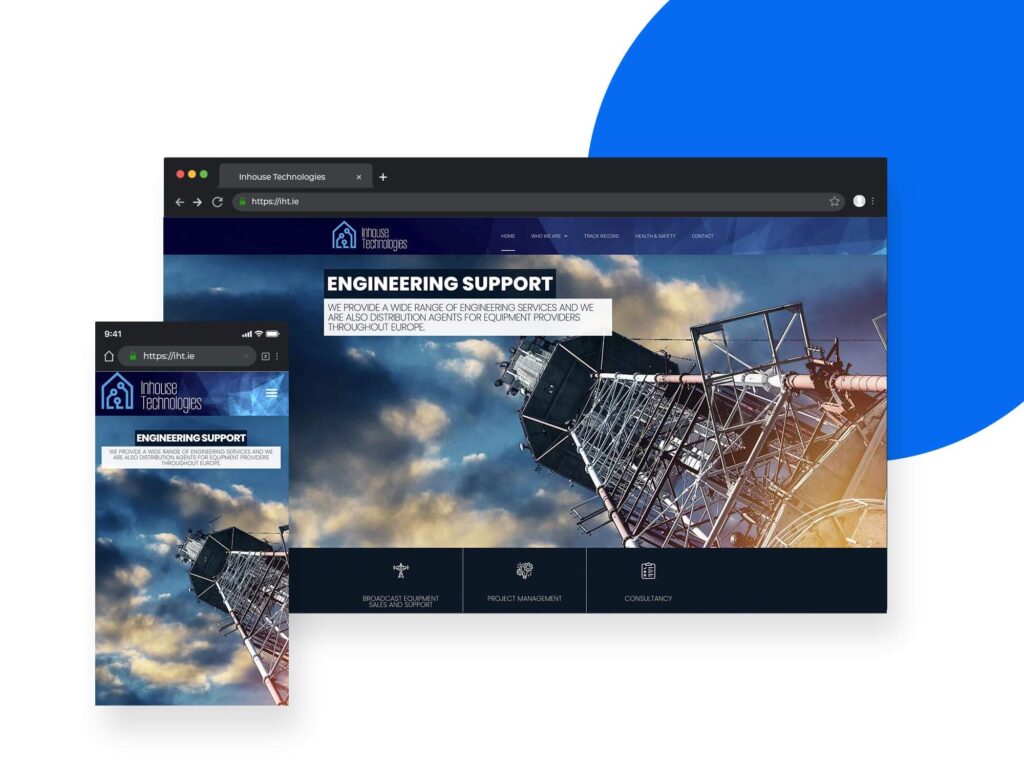Introduction: The Nexus of User Experience and Search Rankings
In the ever-evolving landscape of online visibility, the intersection of user experience (UX) and search engine rankings has become paramount. Google, being the search giant that it is, places a significant emphasis on user satisfaction and engagement when determining the positioning of a website in its search results. In this article, we’ll unravel the intricacies of Google-Friendly UX and how strategic website design can propel your site to new heights in search rankings.
Google-Friendly UX – Understanding Google’s Perspective on User Experience
Cracking the Code of Google’s Algorithm
Google’s algorithm is finely tuned to interpret user behavior and preferences. Websites that offer a positive user experience are more likely to be rewarded with higher rankings. This includes factors such as page load speed, mobile responsiveness, and overall user satisfaction.

Mobile-First Design: Navigating the Mobile Revolution
Responsive Design as a Ranking Boost
The prevalence of mobile devices has prompted Google to prioritize mobile-friendly websites. Embracing a mobile-first design approach not only caters to the needs of a diverse user base but also aligns with Google’s preferences, potentially elevating your site in search rankings.
Page Speed: The Need for Swift Loading Times
The Need for Speed in the Eyes of Google
Google considers page speed a crucial metric in determining user satisfaction. Websites that load quickly provide a seamless experience, and Google rewards such sites with improved visibility. Optimizing images, leveraging browser caching, and minimizing HTTP requests are key steps in enhancing page speed.
Intuitive Navigation: Guiding Users Effectively
User-Friendly Navigation as a Ranking Factor
Google assesses how users interact with your site, and intuitive navigation plays a pivotal role. Websites with clear, organized navigation structures are more likely to keep users engaged, signaling to Google that the site is user-friendly and deserving of a higher ranking.
Your Site’s Ranking – Content Relevance and Readability: The SEO Equation
Strategic Content Placement for Search Visibility
While content is king, its strategic placement and readability matter in the realm of search engines. Google-friendly UX involves incorporating relevant keywords naturally within content, using headers appropriately, and ensuring a balance between informative content and visual appeal.
Minimizing Bounce Rates: A Measure of Engagement
Engaging Content to Keep Users on Your Page
High bounce rates, where users quickly leave a site, can negatively impact search rankings. Google interprets a high bounce rate as a sign that users didn’t find what they were looking for. By creating engaging, valuable content and enhancing overall UX, you can minimize bounce rates and signal to Google that your site deserves a prominent position.
Conclusion: Navigating the SEO Landscape with Google-Friendly UX
Google-Friendly UX: How Website Design Impacts Your Site’s Ranking
In the intricate dance between user experience and search engine rankings, Google-Friendly UX emerges as the guiding principle. Prioritizing mobile responsiveness, optimizing page speed, facilitating intuitive navigation, and crafting engaging content are the cornerstones of a website that not only captivates users but also earns the favor of Google’s algorithms. As you embark on the journey of website design, keep in mind that a Google-Friendly UX isn’t just a design strategy; it’s your gateway to enhanced online visibility and search ranking success.




